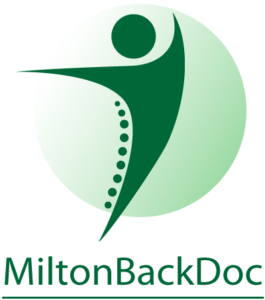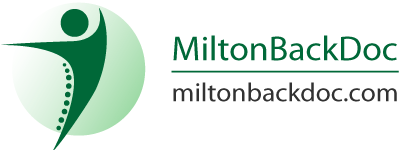What to Do If You’re Injured at Work: A Step-by-Step Guide
Experiencing a workplace injury can be stressful and overwhelming. Thankfully, in Ontario we have the Workplace Safety and Insurance Board or WSIB. The WSIB provides no fault insurance for Ontario workplaces and ensures the employees who are injured at work receive compensation and support.
Step 1: Seek Immediate Medical Attention:
Your health and safety are the top priority. If you’re injured at work:
- Assess the Severity and get Medical Attention: If the injury is severe or life-threatening, seek emergency medical attention right away by calling 911 or going to the nearest emergency room. For less severe injuries, apply first aid if you’re able or seek assistance from a designated first aid responder at your workplace.
- Medical Evaluation: Even if the injury seems minor, it’s important to visit a healthcare professional to assess the injury and prevent any complications. Your healthcare provider should complete a Form 8 that is submitted to the WSIB documenting your injury and that you sought medical care. Healthcare providers that can complete a Form 8 include:
- Medical Doctor
- Chiropractor
- Physiotherapist
- Nurse Practitioner/Registered Nurse Extended Class
Step 2: Report the Injury to Your Employer
- Notify Your Supervisor: Inform your supervisor or employer about the injury as soon as possible. Provide details about how, when, and where the injury occurred.
- Complete an Incident Report: Your employer will likely require you to fill out an incident report. Be thorough and accurate in describing the circumstances of your injury. Your employer will complete a Form 7 to submit to WSIB.
Step 3: File a Claim with WSIB & Participate in appropriate treatment
-
In Ontario, workplace injuries are managed by the Workplace Safety and Insurance Board (WSIB). To file a claim:
- Complete Form 6: You can find this form on the WSIB website, or complete it over the phone with a WSIB customer service representative at 1-800-387-0750.
- See a provider in your community for treatment that is registered with the WSIB: This healthcare provider will communicate directly with the WSIB to ensure funding for your treatment, and provide you with the approriate documentation needed to support a safe and healthy return to work. *More on this in our next post!*
Step 4: Communicate!
-
Stay in regular contact with your employer and the WSIB throughout your recovery:
- With your employer: Let your employer know about your medical status and any work restrictions your doctor or treating healthcare provider have recommended via FAFs – Functional Abilities Forms.
- With the WSIB: Let your case manager know if your diagnosis has changed, if you are going for additional tests, if you are having trouble attending appointments, or if you have concerns about your return to work plan.
- With your healthcare provider : Discuss your work duties so your healthcare provider can offer appropriate recommendatios and advice, and bring them any forms sent by the WSIB that they may need to complete.
Step 5: Know Your Rights and Responsibilities
Under the WSIB, you have a right to a safe workplace, and the right to refuse unsafe work. The WSIB will supervise any claim for a workplace/occupational injury to ensure timely access to medical services and consultations (if necessary) and compensation for lost wages and other expenses. An injured worker has the responsiblity to cooperate with the WSIB, their employer and the return-to-work process.
Check out our next post to learn more about treatment for workplace injuries with chiropractors, physiothearpists and massage therapists, including the healthcare provdiers at MiltonBackDoc!


